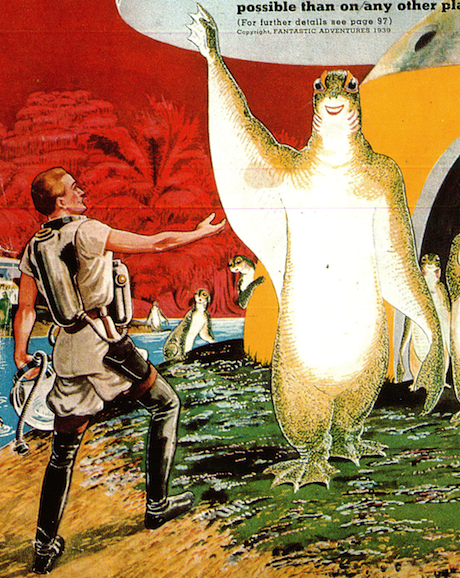Interstellar Communication

The assumption that extraterrestrial life is feasible has been related to the challenge of a theory of communication all along. The general task has been to overcome issues of space and time (of the limited speed of the fastest transmission medium, i.e. light); yet, we argue that the main concern rather regards a semiological question: how do creatures allow contact if their communication behaviour is unknown? And further. To what extent do signs consent to be formed in such a way as to be identified as such by extraterrestrial cultures? Along these lines then, the conditio extraterrestris has always been a conditio communicatoria, namely the careful consideration of those processes of encoding and decoding that must underlie an extraterrestrial exchange of information. Whoever seeks to approach extraterrestrial beings must first look for a language in the cosmos.
So far, neither the history of knowledge nor literary studies have joined the challenge. This is rather surprising since long before the universe began to employ technological signals, the discourse of interstellar communication had already been established in/by European literature. Precisely its formation and evolution occupy central stage of the project. The focus is on the representation of a network of cosmic information, whose history spans from Neoplatonism to Swedenborg, from 19th century spiritualism to contemporary Science Fiction. The project results show how historical inventories of knowledge spatialise within these networks (and thereby find their planetary memory space); yet, they also demonstrate how mainly 20th century literature searches for the link to those channels of communication and, by so doing, how it eventually touches upon the issue of an overarching language. On these grounds, the aim of the project is the systematic processing of the relationships between the history of extraterrestrial representations of communication and the history of the early modern poetic of inspiration.


